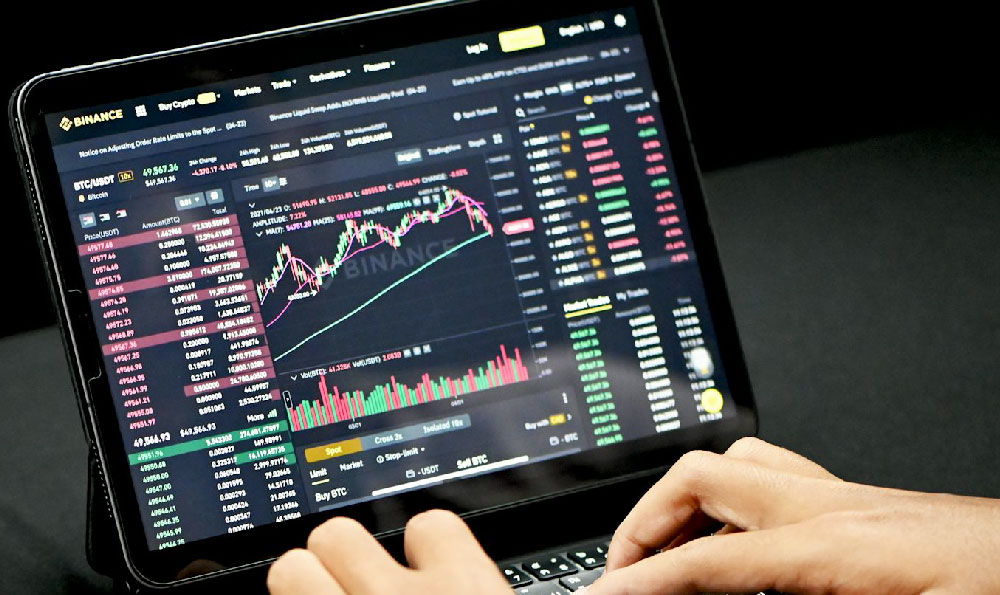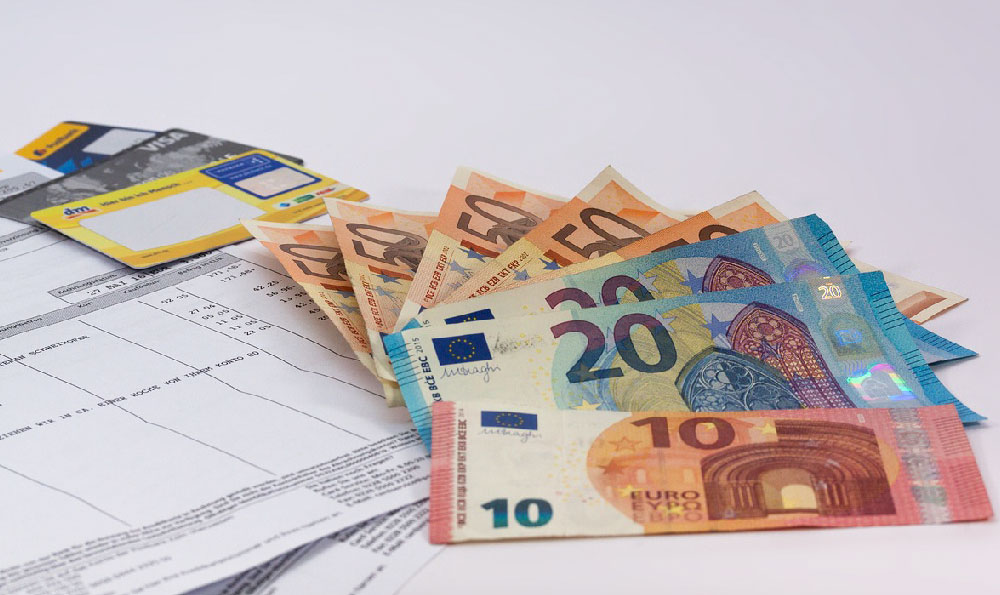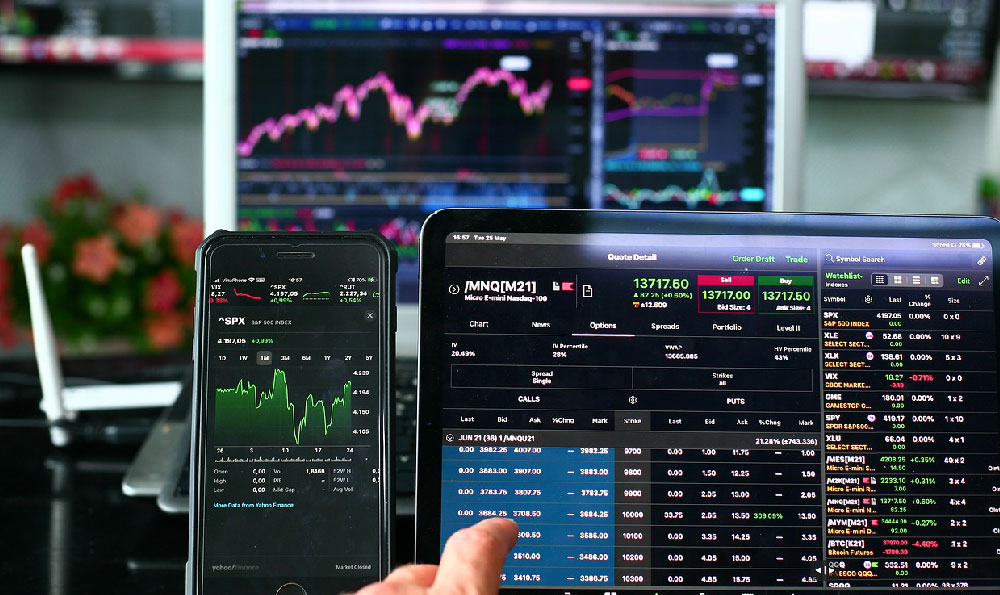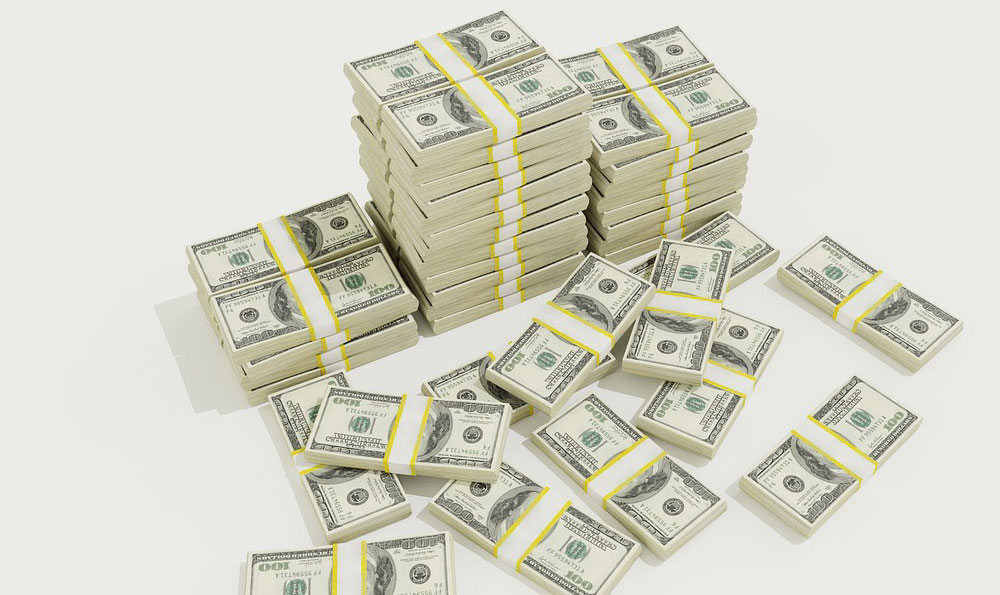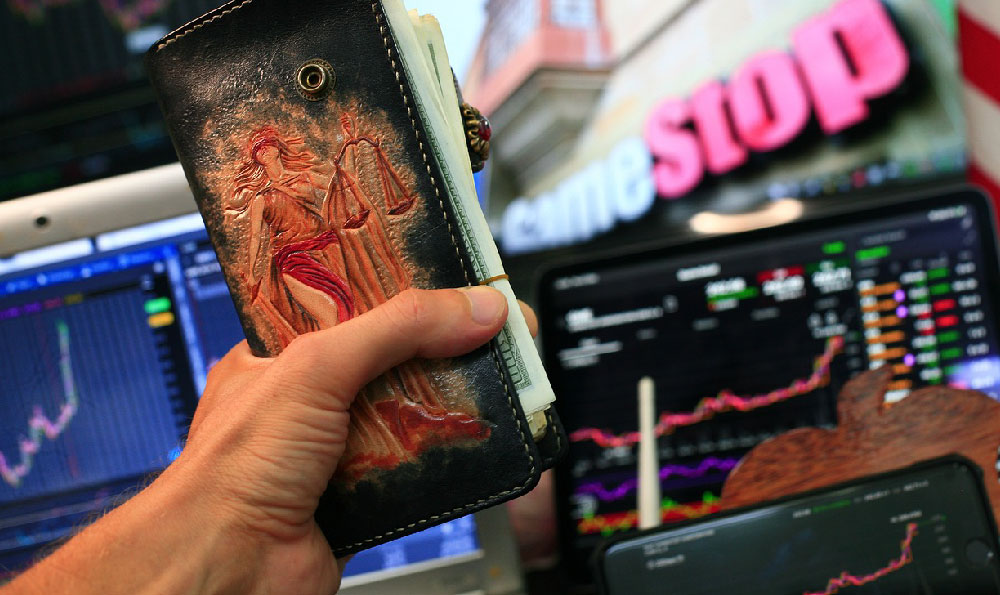How Much Did Flappy Bird Earn? What Was Its Revenue?

The saga of Flappy Bird, the maddeningly simple yet ridiculously addictive mobile game, is a fascinating case study in viral success, unexpected consequences, and the ephemeral nature of internet fame. Beyond its cultural impact, the game’s financial performance is a subject of considerable interest. While pinpointing the exact revenue figure is difficult due to the lack of publicly available audited financial statements, we can use available data and logical deduction to arrive at a reasonable estimate.
The primary source of Flappy Bird’s revenue was in-app advertising. The game itself was free to download, a strategic decision that fueled its rapid spread. This freemium model relied on displaying banner ads at the top and bottom of the screen during gameplay. Every time a user interacted with these ads, developer Dong Nguyen's studio, .GEARS, would receive a small payment. This payment is typically measured in Cost Per Thousand Impressions (CPM). A CPM represents the cost an advertiser pays for one thousand views or impressions of an advertisement.
Estimating the CPM for Flappy Bird is crucial. CPM rates vary widely depending on factors like the region, the ad network used, and the type of ad displayed. Given Flappy Bird's global reach and the standard rates for in-app mobile advertising in early 2014 (when the game was at its peak), a CPM of around $1 to $4 is a reasonable assumption. Some reports suggest even higher CPMs, potentially reaching $10 or more in certain territories, but these are likely outliers. We'll use a conservative average of $3 CPM for our calculations.

Next, we need to estimate the game's daily active users (DAU). At its zenith, Flappy Bird was reportedly downloaded over 50 million times and boasted a DAU of several million. Some sources, including Nguyen himself, suggested a DAU of around 50 million. However, this figure seems inflated and potentially conflates downloads with active users. A more realistic estimate, considering the game's addictive nature but also its inherent difficulty, would be a DAU of between 10 million and 20 million. Let's use a midpoint of 15 million DAU.
Now, we need to determine how many ad impressions each user generated per day. Considering the short rounds of gameplay and the frequency of restarts (due to the game's high difficulty), it's reasonable to assume that each user viewed multiple ads per game session. Let's estimate an average of 5 ad impressions per user per day. Some players likely saw far more, while others may have played only a few times.
With these estimates in hand, we can calculate the daily revenue:
- DAU: 15 million
- Ad Impressions per User: 5
- Total Daily Ad Impressions: 15,000,000 * 5 = 75,000,000
- CPM: $3
- Daily Revenue: (75,000,000 / 1000) * $3 = $225,000
Therefore, based on these conservative estimates, Flappy Bird likely generated around $225,000 in daily revenue at its peak. This translates to over $6.75 million per month.
It's important to remember that these are estimates. The actual figures could have been higher or lower. However, the core principle remains: Flappy Bird's free-to-download model, coupled with its viral popularity and ad-supported revenue stream, allowed it to generate significant income.
The story takes a compelling turn, of course, with Nguyen's decision to remove the game from app stores due to the overwhelming attention and the perceived negative impact on his life. He found the game's addictiveness and the pressure of its immense popularity to be detrimental to his well-being. While the game was only available for download for a relatively short period, its earning potential during that time was undeniably substantial.
Even after its removal, Flappy Bird’s impact continued. Clones and imitations flooded app stores, attempting to capitalize on the original's popularity. The value of phones with Flappy Bird pre-installed skyrocketed on online marketplaces, demonstrating the game's lasting appeal and the scarcity created by its disappearance.
In conclusion, while an exact revenue figure remains elusive, a well-reasoned estimate suggests that Flappy Bird generated hundreds of thousands of dollars per day at its peak, primarily through in-app advertising. The game's financial success underscores the potential of the freemium model in the mobile gaming market, even for games of simple design, provided they achieve viral popularity. The story also serves as a reminder that financial success isn't always synonymous with personal happiness, as Dong Nguyen's decision to remove the game highlights the importance of prioritizing well-being over wealth. The tale of Flappy Bird remains a compelling narrative in the history of mobile gaming, showcasing both its immense potential and its potential pitfalls.
